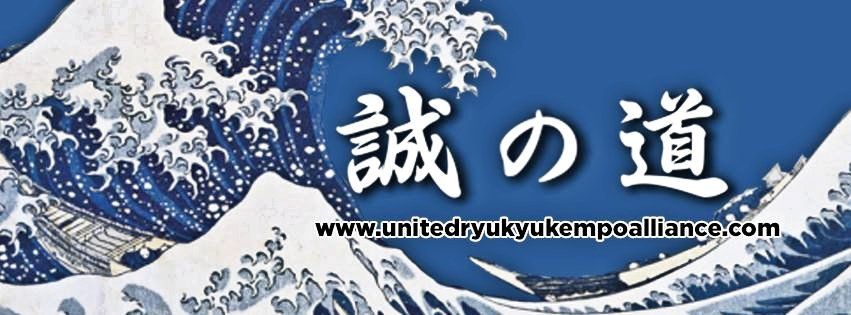Etiquette
(Taitaikiyo)
This is a code of conduct which all students must abide by during the study of martial arts. Etiquette is paramount to good order and training and good reflection on all we learn through martial arts from our teachers. Etiquette is also important in everyday life – good manners, respectful speech and tidy appearance are the hallmarks of a Warrior.
1. Juniors should always bow to seniors. Juniors bow first and rise last. The Senior will return your bow. This is like a salute in the military. Bowing shows respect between people. In years gone by, bowing was also customary in Western civilizations.
2. Whoever sees a Yudansha (Black Belt) enter the dojo first calls out ‘Kyotsuke’ (attention) and then usually the senior rank calls ‘Rei’. All people say ‘Onegaishimasu’. This is only necessary the first time the senior enters the room.
3. As in everyday life, it is impolite to interrupt people when they are speaking to one another. Wait your turn, or if it is important, say “Sumimasen” (Excuse me).
4. Try not to walk between two people who are talking. If you must, hold up your right hand and slightly bow and say ‘Sumimasen’.
5. You should never drink or eat while being spoken to by a senior or speaking to them. If caught off guard, cover your mouth if you have food in it. There should be no food in the dojo, unless for special occasions. Chewing gum is not allowed in the dojo, nor is it encouraged elsewhere. “Chewing like a cow” is not a sign of respect for yourself or others.
6. During class, when the instructor begins to talk, drop down on the right knee. If they begin to talk for a while during the explanation, it is permissible to enter seiza. When the instructor finishes, bow, begin to stand up with right foot, and then back as a show of respect and resume practice.
7. You must not reprimand a junior rank when a senior is present or in the area. If there is a problem, have the senior deal with it.
8. Never make a threatening gesture to a senior. When sparring or demonstrating a technique, always make a loose fist when you make a strike towards his/her face.
9. As a sign of respect, you should never sit, lie or stand with your back to a senior.
10. You should never touch a senior’s obi (belt) unless they have asked you to do so.
11. Your belt should be respected, always keep it folded neatly when not wearing it. Never leave it on the floor.
12. Learn to speak politely. Harsh speech is not an endearing quality. Avoid speaking poorly of others, as this is not a good quality.
13. Always be on time for the start of class. If you arrive late, bow into the dojo. Stand and wait, or sit in seiza until acknowledged and respectfully request permission to enter the training.
14. You should not give instruction in any technique without the senior’s or instructor’s consent. Aside from safety reasons, if you make a mistake during your teaching, you may cause confusion with other students.
15. Try to never be boastful or speak in a loud voice. Be a person that speaks softly and clearly, and exhibits control and good manners.
16. Never pick your teeth, toe nails, ears, clean fingernails, yawn or wash in the presence of a senior. To do so is disrespectful both in the dojo, and in everyday life.
17. Arrive to class in a clean and tidy manner. Ensure you nails are clean and properly trimmed to prevent injury to others. Keep your uniform clean and tidy.
18. Always show respect and courtesy to all people.
19. Always pay close attention when a senior is speaking, teaching, or demonstrating technique.
20. Jewelry should not be worn in class. Mostly for safety reasons, but also because of the possibility of damage.
21. Open wounds must be covered for the safety of others in class.

